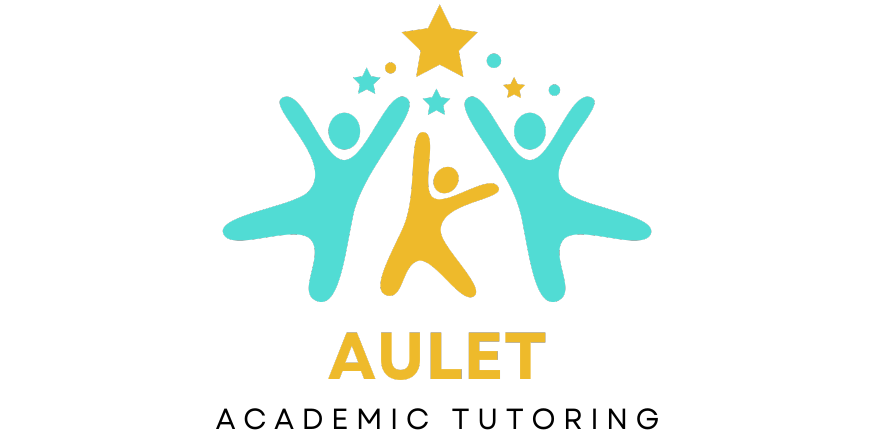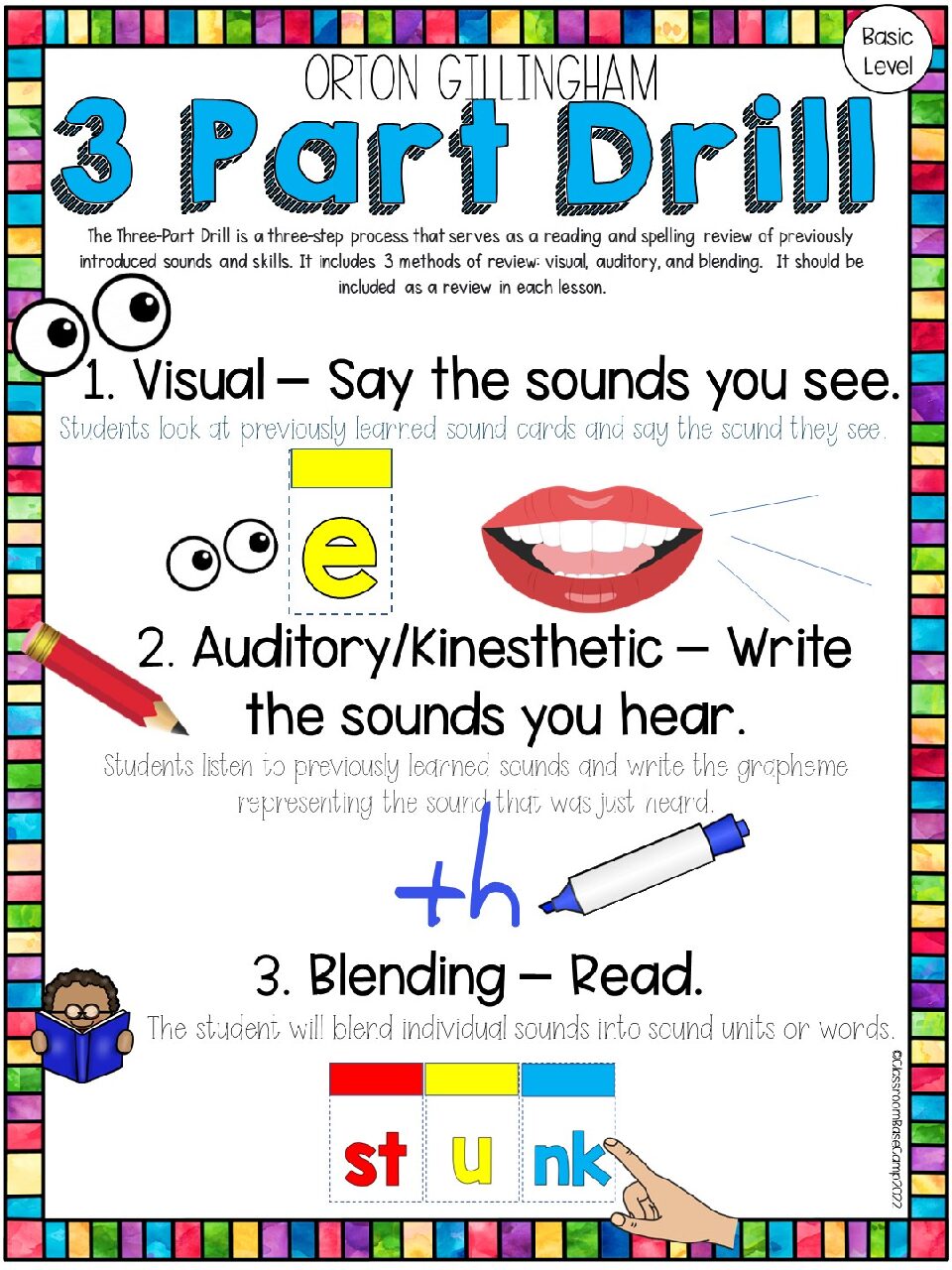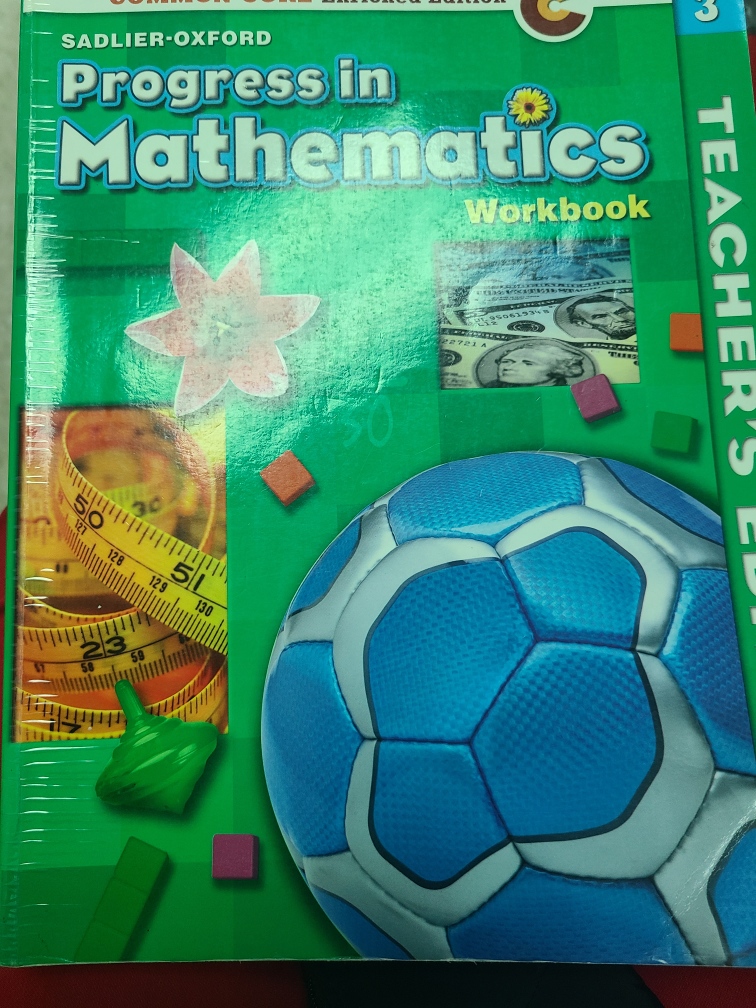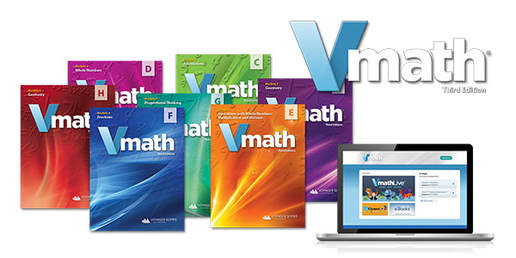Teachers
Kindergarten - 5th grade Tutoring
Programs~ Interventions~ strategies
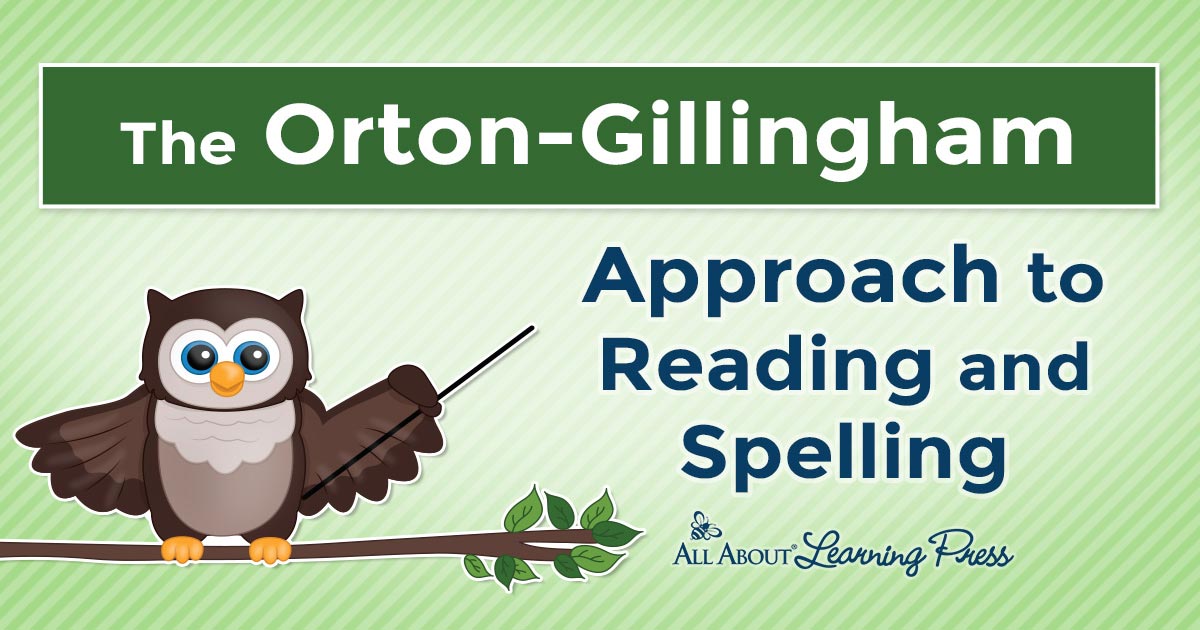
Orton Gillingham
The Orton Gillingham (OG) approach is a teaching approach that was designed to help struggling readers. It explicitly teaches the connections between letters and sounds. Many reading programs include Orton–Gillingham ideas. Orton–Gillingham is a structured literacy approach. It introduced the idea of breaking reading and spelling down into smaller skills involving letters and sounds, and then building on these skills over time. It also pioneered the multisensory approach to teaching reading, which is a common part of effective literacy programs. This means that instructors use sight, hearing, touch, and movement to help students connect language with letters and words. Orton–Gillingham is widely used to teach students with .approach to reading and writing. This program builds with phonemic awareness and phonics and builds the foundation for blending, sounding out words, spelling, and writing. This multi-sensory approach works well for many students struggling in English / Language Arts.
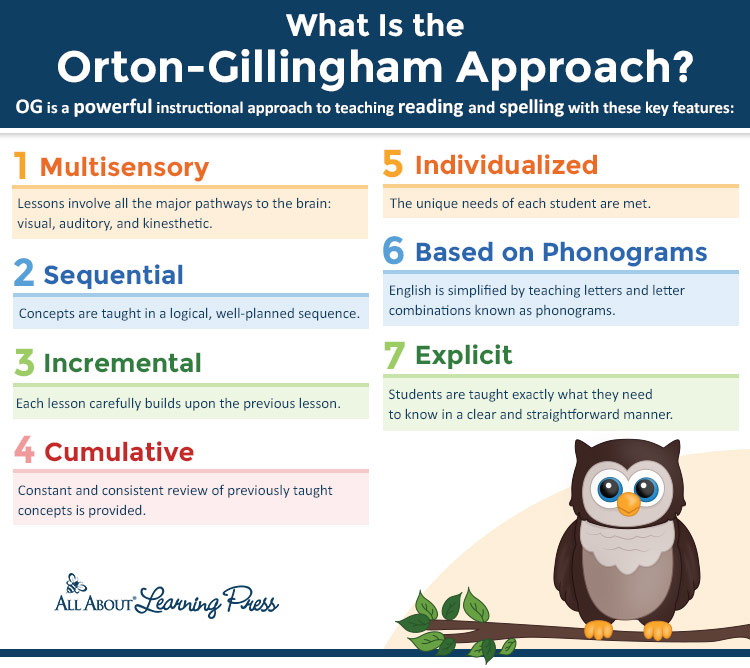
7 step Instructional approach
Orton–Gillingham focuses on teaching reading at the word level. It can also help develop reading comprehension, but that’s not the main goal. This approach uses multiple senses to help students learn. For example, students might learn the letter p by seeing it, saying its name, and sounding it out while writing it with their fingers in shaving cream. Orton–Gillingham also helps students understand the rules and patterns in reading. With those skills, they’re better able to decode, or sound out, words. Instructors teach skills in a particular order, which is based on how people naturally develop language. Students must master each skill before they move on. If a student is confused, the instructor will reteach that skill. The goal is for students to use the skills they’ve learned to decode words independently.

Kendore Learning
The Kendore Kingdom is a complete, structured literacy based, speech-to-print, K-2 + remediation reading curriculum. The Kendore Kingdom takes students systematically through reading concepts, beginning with fundamentals and progressing all the way through to advanced comprehension. Students learn in a fun, engaging format and travel on a “journey” that takes them from a party, to the vowel valley, over a bridge, on a treasure hunt, and beyond. Along the way, students meet a variety of characters and encounter some outlandish situations. Sound wacky? It might on the surface, but the Kendore Kingdom is scientifically designed not only to systematically teach all requisite learning skills, but to do so in a way that is enjoyed and, most importantly, used and remembered by students throughout their education. This repetitive game based approach adds fun to academic goals.
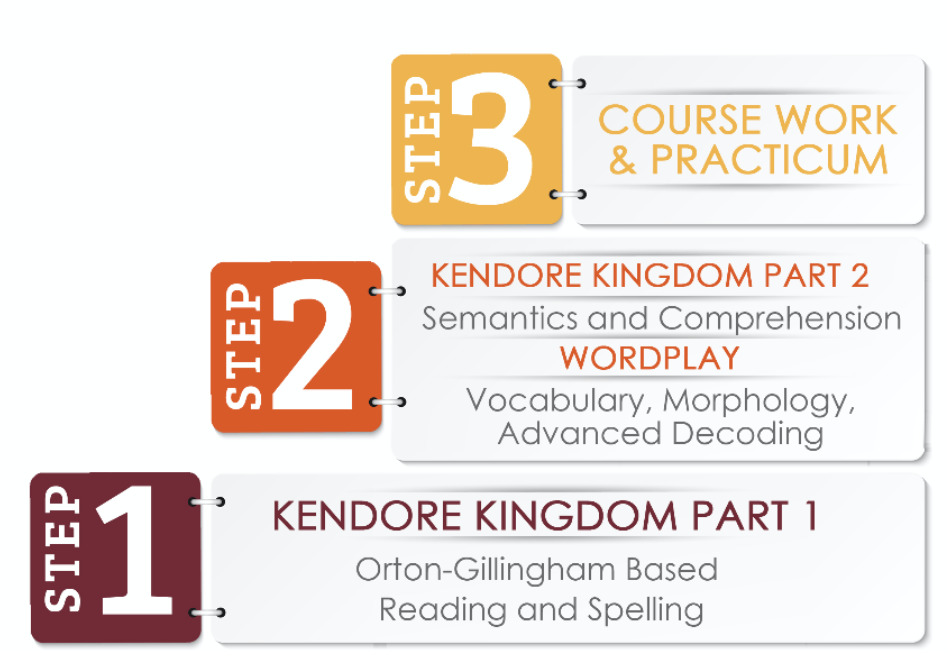
3 Step Intervention
Phonological Awareness, Phonics, Morphology, Reading Comprehension, High-Frequency Words, Vocabulary, Fluency, Spelling, Handwriting, Multisensory Teaching Techniques & Oral Language. Kendore Learning’s structured literacy, speech-to-print, multisensory curriculum transforms the way educators teach reading, spelling and vocabulary! Kendore Kingdom is a structured literacy curriculum for grades K-2 + remediation. When used for upper-grade remediation, the Kendore Kingdom is known as Kendore Keystone. Multisensory Spelling is incorporated into the Kendore Kingdom curriculum, but is also offered as a stand-alone program. Our Kendore Word Play curriculum provides an innovative and memorable way to teach vocabulary and morphology to students in grades 2-8
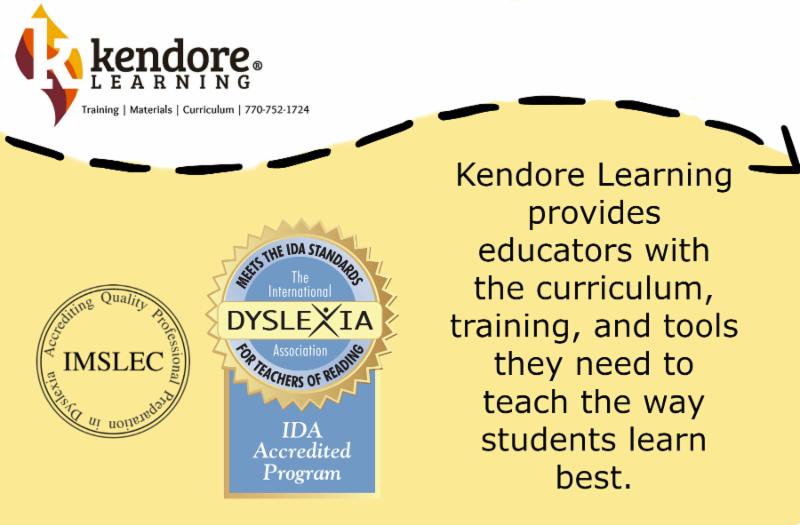
Kendore Learning
Our training program and curriculum have been officially accredited by the International Multisensory Structured Language Education Council (IMSLEC) and the International Dyslexia Association (IDA). With these important seals of approval, Kendore Learning and Syllables Learning Center join the elite ranks of programs across the country recognized to help students overcome dyslexia and related issues. The IMSLEC and IDA Accreditation Process Kendore Learning and Syllables Learning Center are Accredited by the International Multisensory Structured Literacy Education Council (IMSLEC) The IMSLEC Accreditation team hard at work on site at Syllables/Kendore. During the accreditation process, IMSLEC and IDA conducted an in-depth review of Kendore Learning’s Orton-Gillingham based structured language curriculum, which is used one-on-one at Syllables Learning Center and in classrooms across the nation through our Kendore teacher training program. In addition to scrutinizing all curriculum content for completeness and efficacy, the governing bodies examined our staff credentials, facilities, and operational procedures.

Connecting Math Concepts
Through unique pedagogical approach, Connecting Math Concepts provides a thorough understanding of basic skills, shows how mathematical concepts are linked together, and builds sophisticated problem-solving strategies. With Connecting Math Concepts, all concepts are learned and assimilated through use.
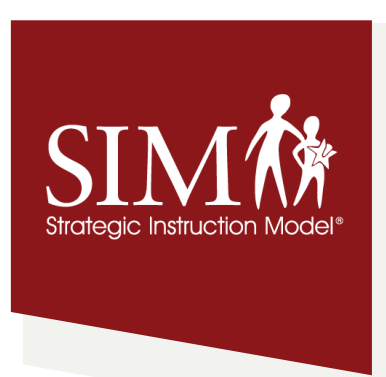
Sim Writing
The SIM Writing Strategies are evidencebased teaching tools that gradually release control from teacher to student to help students express themselves and master the writing skills required in most state standards across grades 2 through 12.
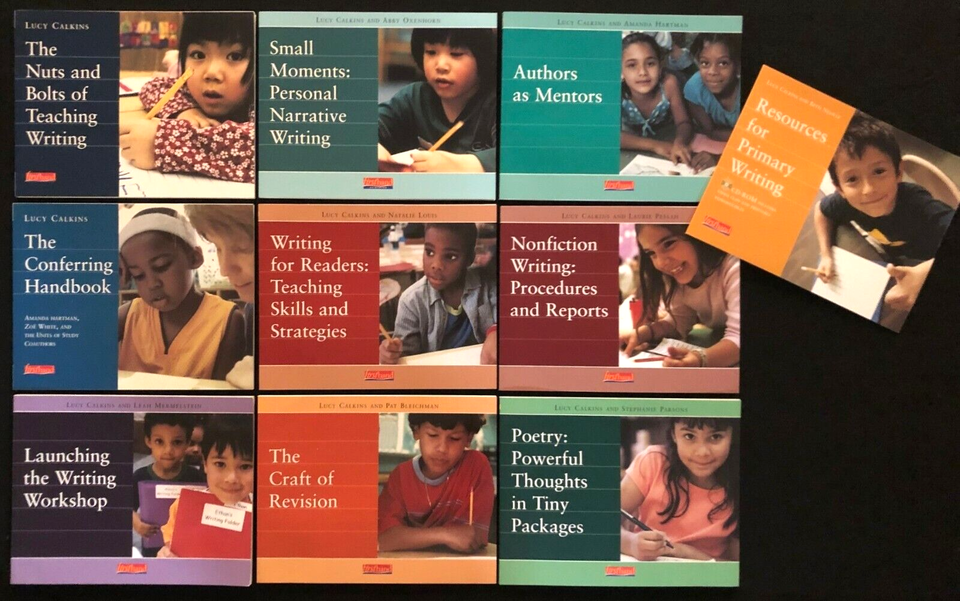
Lucy Calkins Writing
Lucy Calkins is the Founding Director of the Teachers College Reading and Writing Project at Teachers College, Columbus University. For more than 30 years the Project has been both think tank developing state of the art teaching methods and a provider of professional development. She leads the renowned organization, Lucy works closely with policy makers, school principals, and teachers to initiate and support schoolwide and systemwide reform in the teaching of reading and writing. She played an important role in developing the CCSS. She is also a renowned author of teacher resources.
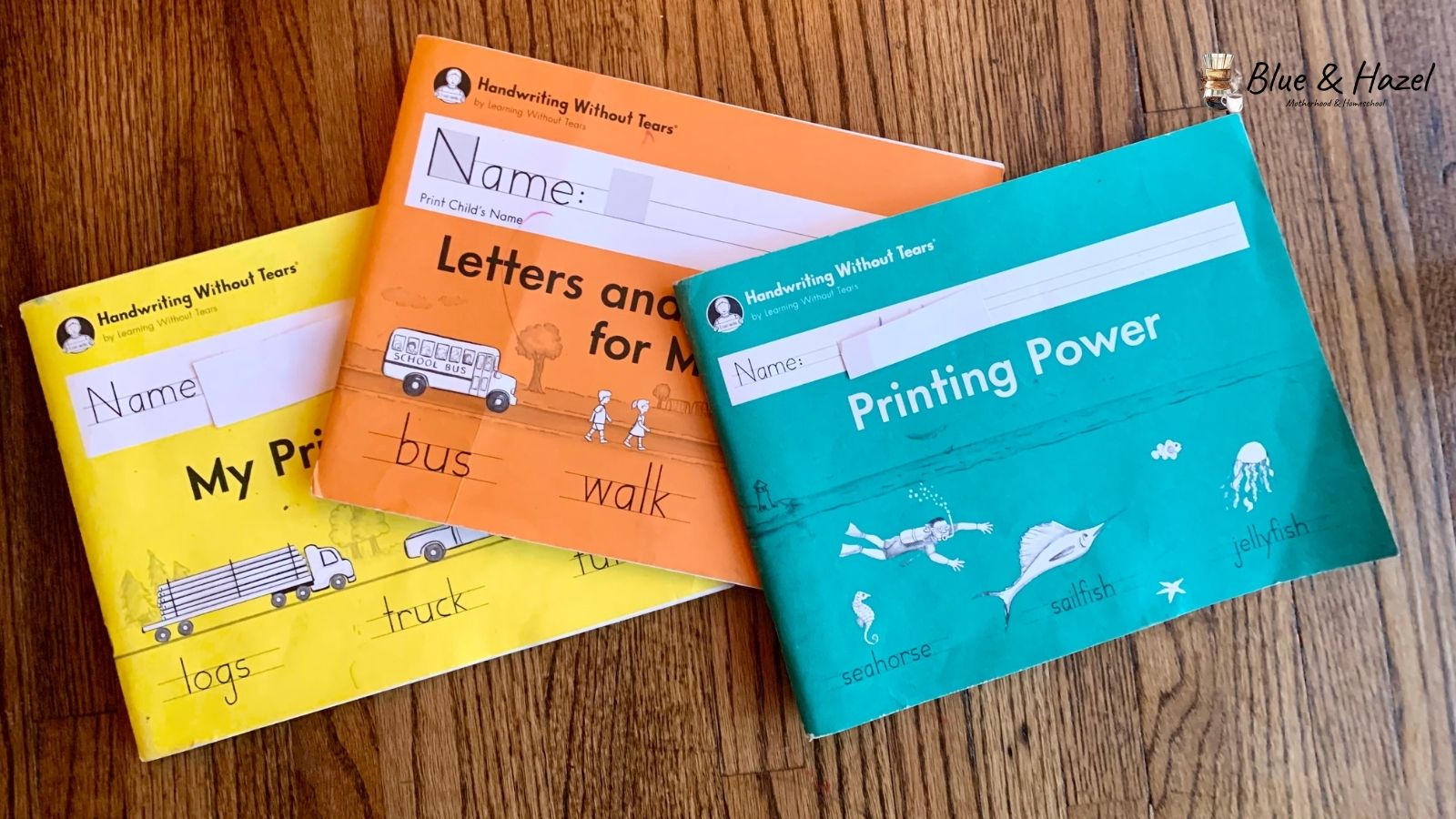
Handwriting without tears
Handwriting Without Tears helps students build essential skills for emergent writing and handwriting success. Children who master handwriting are more likely to succeed in school, writing with speed and ease in all subjects. But without a strong foundation, bad habits take root. This unparalleled curriculum nurtures writing automaticity through direct, explicit instruction along with guided and independent practice.
